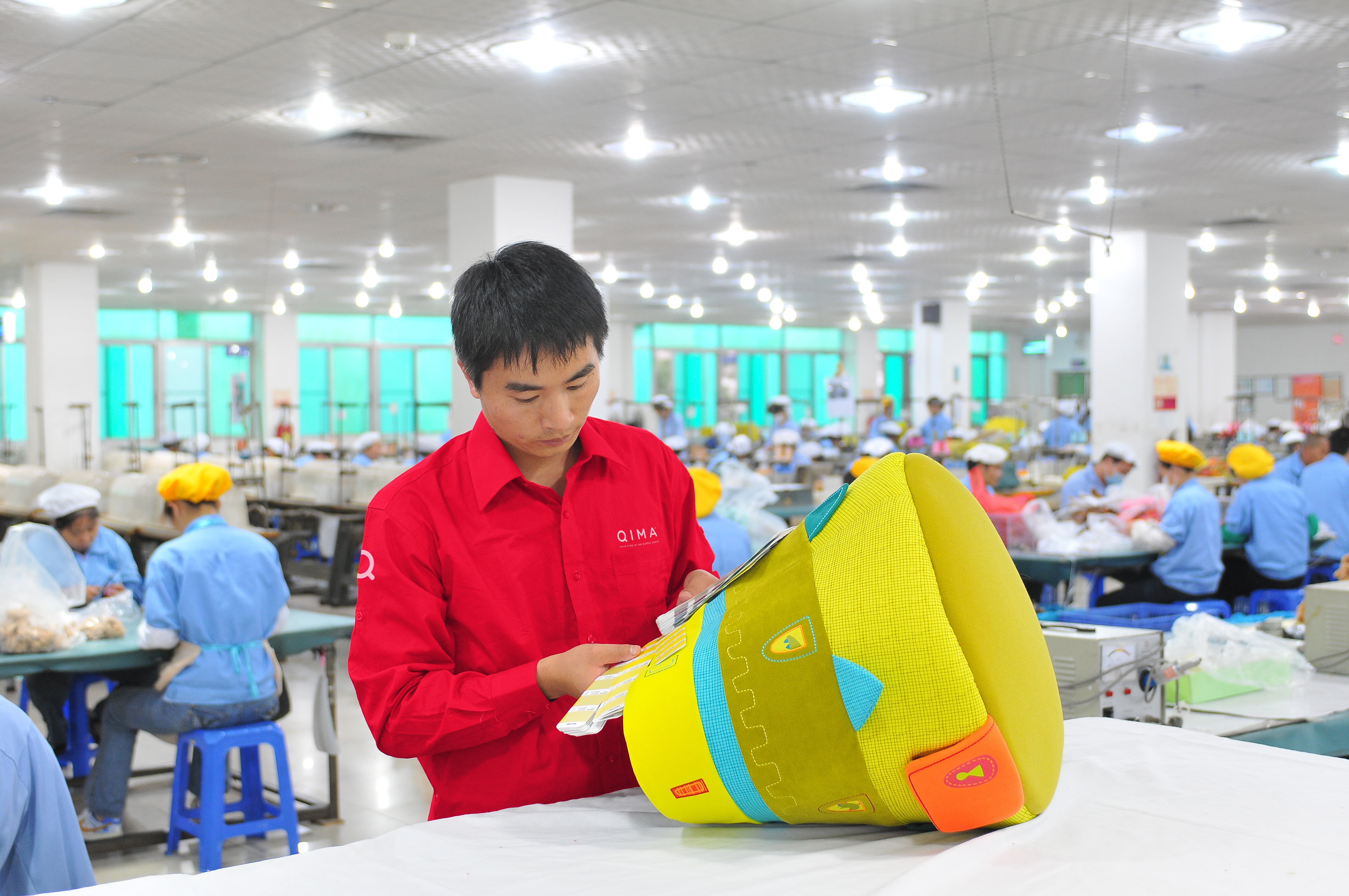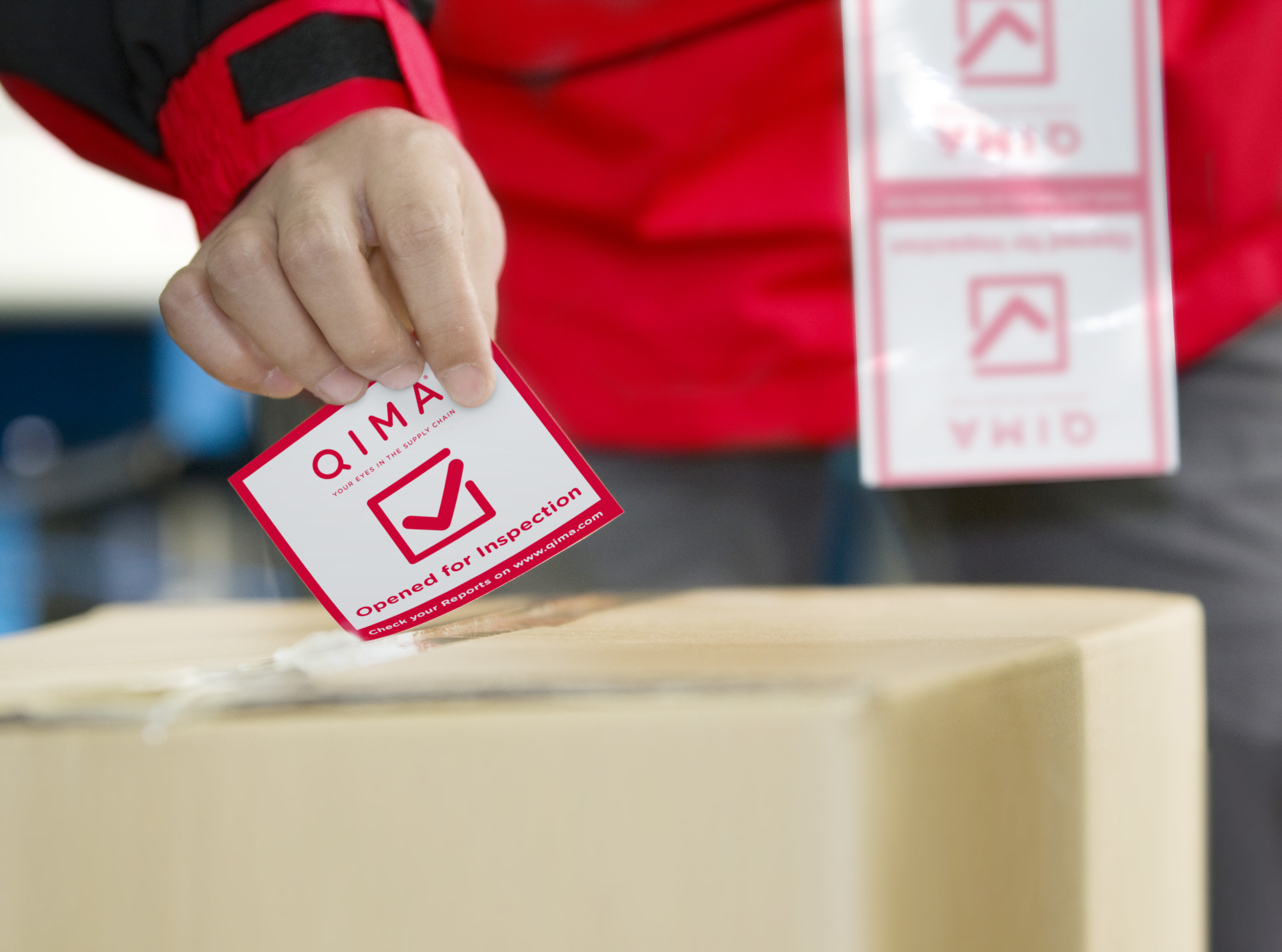5 Critical Types of Quality Control Inspections
Why Are Quality Control Inspections Important?
Quality control is the “immune system” of the manufacturing process. It keeps the production line moving and healthy, identifying weaknesses and fixing them accordingly. Yet some companies have grossly underestimated its importance:
- A nationwide salmonella scare cost a British confectionery giant £20m and a 14% drop in summer sales in 2006.
- A recall of 60m cans of dog food sent shockwaves through America’s pet food industry in 2007.
- A motor industry magnate had to recall 44,000 cars over uncertified carbon dioxide levels early in 2019.
The list goes on. While powerhouse brands usually have the resources to outlive the setbacks posed by such recalls and rebound in the long run, there’s always the risk of bad press becoming even a well-established brand’s death knell.
Companies like these could have saved millions of products and profits if they had invested a fraction of these financial costs in pre-emptive quality control inspections during the manufacturing process. A simple secret to success is? “Prevention is better than cure” and more effective than damage control. As such, it’s important to take preventative measures by mediating and monitoring the manufacturing process with quality control inspections from start to finish, including overseeing the final packaging and preparations for shipping.
In this article, we'll cover the types of quality control inspections, specifically for manufacturers.
Make Sure Your Supplier Keeps Their Promises to Produce Quality Products

When you’re relying on a third-party manufacturer, especially one in a foreign country, you need to be confident that the manufacturer will deliver a product that meets all of your expectations. For instance, if you’re a garment producer, you need to be sure your manufacturer is cutting the right fabric, rather than cutting corners by using substandard materials.
How can you be sure your manufacturer is producing products that meet your expectations? By carrying out quality control inspections before, during, and after production. This is the key to consistency in product quality. In addition, using accredited third-party quality control inspectors will ensure that inspections are done according to local and international standards.
What Are the Different Types of Quality Control Inspections?
Quality control experts visit factories on behalf of customers to ensure the manufacturing process and products meet the standards agreed upon before the merchandise leaves the factory. Quality control services include on-site factory inspections and testing with detailed reports to help ensure that your products meet your specifications and manage product quality in your supply chain.
Acceptable Quality Limit (AQL)
Inspections for softlines and hardlines (non-food products) can follow the internationally recognized ANSI/ASQC Z1.4 (ISO 2859-1) statistical sampling procedure to specify a percentage of a batch of products which must be inspected to represent the overall quality of the entire batch, commonly referred to as the Acceptable Quality Limit (AQL). The producer or supplier should provide checklists to inspectors to determine the acceptable quality tolerance level for defects or non-conformity.
Determining Defects
Factory inspections for defects are performed by marking products (units) that do not satisfy the product’s intended use. On-site quality control inspectors use ANSI/ASQ A3534-2-1993 standard checklists to mark any defective units according to the severity level of any defects.
Examples of Defects
- Buttons and buttonholes on a garment do not align
- A product or part of a product that does not function
- Incorrect or unauthorized materials used
Determining Non-Conformity
Factory inspections for non-conformity determine whether a completed product (unit) meets the customer’s specification requirements. Inspected units are marked according to the severity level of any characteristics which don’t meet accepted standards.
Examples of Non Conformity
- Wrong size
- Incorrect labeling
- Dimensions do not meet accepted values
- Weight
- Incorrect power input/output for the destination market
Food Inspections
Inspections on processed and perishable foods are done in accordance with the guidelines of the WHO Food Code (Codex Alimentarius).
The Five Types of On-site Quality Inspection Services
On-site factory inspections primarily focus on monitoring the manufacturing process and testing the physical condition of the resulting products for compliance with the client’s requirements. In addition, they ensure that the products are properly packaged and correctly loaded for shipping and customs inspection at the destination.
Factory inspections can be conducted at any stage of the manufacturing process, depending on the buyer’s or supplier’s requirements. These include:
1. Initial Production Check (IPC)
Pre-product inspections are carried out before production begins and up until 20% of production has been completed. Inspections of the factory by impartial third-party quality control inspectors help clarify production requirements and specifications. This step firmly establishes whether the manufacturer will be able to deliver a quality product using the correct materials and manufacturing process.
First Article Inspection is an important part of the IPC. The purpose is to inspect the first item to come off the production line at the factory. This is the first and last chance to physically inspect the final product and spot any defects so corrections can be made ahead of mass production. This inspection assesses whether the final product meets all the engineering, design, and specification requirements. The results are documented and sent to the client for verification.
2. During Production Inspection (DUPRO)

DUPRO is an essential preventative measure taken in the early stages of production. This inspection can mitigate costly mistakes in the long run by highlighting any problems before too many defective items are produced.
Quality control inspectors usually perform on-site DUPRO inspections when about 20% of the batch has come off the production line. If an issue is found at this time, it may be possible to find a workaround to fix the defective products and/or make necessary adjustments to the manufacturing process.
3. Daily Production Monitoring
Quality control inspectors carry out on-site inspections at the factory every day to strictly monitor production and keep the factory accountable from start to finish. This is an especially beneficial option for suppliers working with a new factory to establish a professional working relationship. Daily inspections during product monitoring include scrutinizing factory processes, enforcing specifications, and physically inspecting randomly selected units.
4. Pre-Shipment Inspection (PSI)
Using ISO standard sampling procedures for a PSI, inspectors systematically inspect a portion of randomly selected units in all batches when production is at least 80% complete. This is the last chance to spot any defects and take corrective action before production is complete, and before the products are packed for shipping.
5. Container Loading Check (CLC)
The final and crucial step in the quality control process is packing up the new product and properly preparing batches for shipping to destination markets. This is the last opportunity for inspection before your products reach your customer.
During the CLC, inspectors ensure the correct amount of different styles, sizes and quantities are sent out, and that they are properly loaded to minimize the risk of damage during transit. Quality control inspectors also check the packaging to ensure it complies with safety standards for the destination market and ensure that coverings will prevent damage from soiling. Proper ventilation in the packaging is also checked to prevent dampness and reduce the risk of mold growth during transit and storage.
What Is Not Covered in Factory Inspections?
Chemical testing required for certain products cannot be performed on-site at factories. Instead, samples of products are sent to laboratories.
Need to Book a Quality Control Inspection?
Whatever your industry, we have professional inspectors all over the world ready to visit your factory within 48 hours to carry out on-site inspections on your behalf.
Contact us today for an instant quote.
More Resources
- Quality Control for the Produce Industry - Learn about our tailored quality control programs for the produce industry.
- QIMAone for Quality Control Teams - Discover QIMA’s industry-leading quality control management software.
- Product Testing - Read more about our in-house product testing services to keep your products in compliance.
 Tải Xuống Báo Cáo Mẫu
Tải Xuống Báo Cáo Mẫu Xem Demo
Xem Demo
